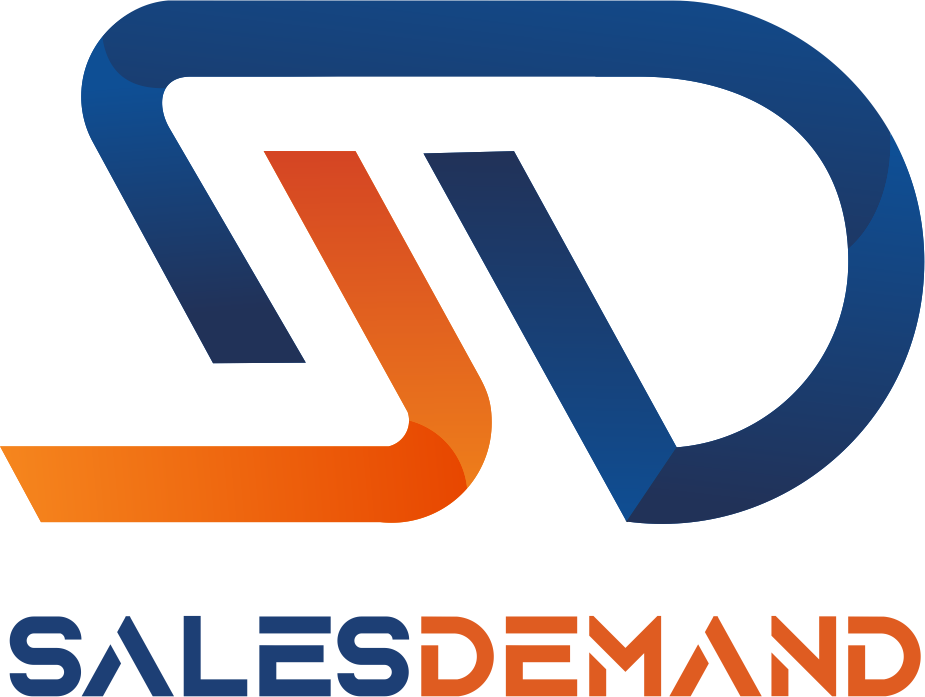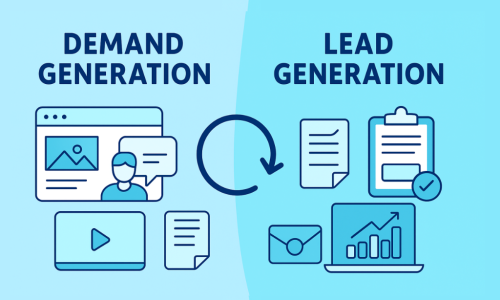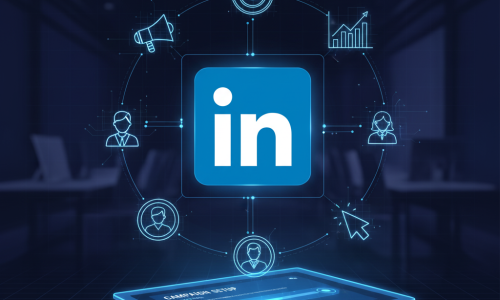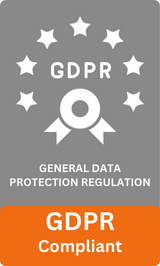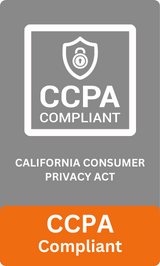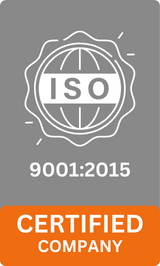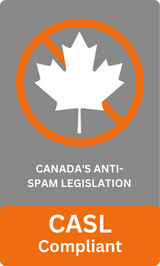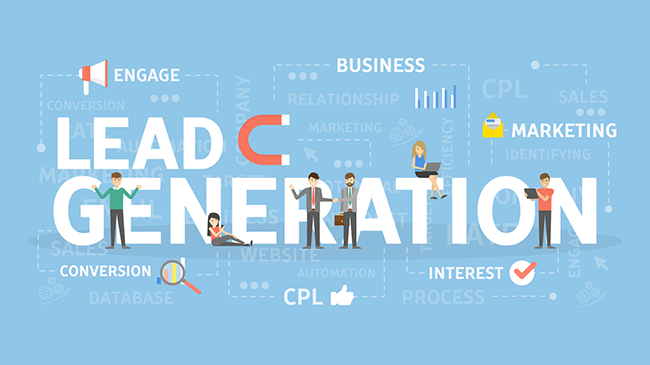
Lead generation for SaaS companies has become both an art and a science. Unlike traditional businesses that rely on brick-and-mortar interactions or one-time sales, SaaS (Software as a Service) companies operate in a recurring revenue model. This makes acquiring and nurturing high-quality leads crucial for long-term success.
Whether you’re a startup trying to acquire your first 100 customers or an established SaaS business looking to scale your pipeline, generating consistent and qualified leads is non-negotiable. However, with the increasing saturation of SaaS offerings, simply having a great product isn’t enough. You need a structured, data-driven lead generation strategy to cut through the noise and attract decision-makers.
This comprehensive blog will walk you through the fundamentals and advanced strategies of lead generation for SaaS companies. We’ll cover everything from understanding your ideal customer profile (ICP) to choosing the right tools and channels, and implementing high-conversion lead nurturing sequences.
Understanding the SaaS Lead Generation Landscape
Before diving into tactics, it’s essential to understand what makes lead generation for SaaS companies unique.
Table of Contents
Toggle1. Recurring Revenue Model
SaaS companies don’t just focus on acquiring leads—they need leads that convert into long-term customers. The lifetime value (LTV) of a customer plays a central role in determining the ROI of any lead generation effort.
2. Longer Sales Cycles
Unlike eCommerce or B2C services, SaaS products—especially B2B-focused ones—typically have longer sales cycles. Leads often require multiple touchpoints, product demos, and stakeholder approvals before converting.
3. High Customer Education Requirement
Most SaaS offerings solve complex problems that may require onboarding, education, and customer support. Therefore, content marketing and educational outreach play a vital role in the lead generation journey.
Step-by-Step Strategy for SaaS Lead Generation
Step 1: Define Your Ideal Customer Profile (ICP)
Your ICP is the foundation of all lead generation activities. For SaaS companies, this often includes:
- Industry (e.g., fintech, eCommerce, healthcare)
- Company size
- Job roles (e.g., CTO, Product Manager, Head of Operations)
- Tech stack currently in use
- Pain points your software addresses
Create detailed buyer personas that guide your messaging, content strategy, and outreach methods.
Step 2: Optimize Your Website for Conversions
Your website is your digital storefront and must be optimized for conversions.
Must-Haves:
- Clear UVP (Unique Value Proposition)
- Demo booking forms
- Live chat functionality
- Exit-intent popups
- Case studies and testimonials
- Free trial or freemium model
Use tools like Hotjar, Crazy Egg, or Google Optimize to test and improve user experience.
Step 3: Leverage Content Marketing
Content is king, especially in SaaS. Valuable, informative content can attract leads at different stages of the funnel.
Types of High-Impact Content:
- Blog posts targeting long-tail keywords (like “lead generation for SaaS companies”)
- Whitepapers and industry reports
- Product comparison pages
- Webinars and virtual workshops
- Customer success stories
Use SEO tools like Ahrefs, SEMrush, or Surfer SEO to identify content opportunities and monitor performance.
Step 4: Utilize Paid Advertising Strategically
While organic strategies are important, paid ads can bring immediate results if done right.
Best Paid Channels for SaaS:
- Google Ads (especially for competitor and brand terms)
- LinkedIn Ads (great for B2B targeting by role, industry, and company size)
- Facebook Retargeting Ads
- YouTube Ads for product demos and how-tos
Ensure you have proper tracking set up (Google Analytics, UTMs, CRM integration) to measure ROI.
Step 5: Implement an Email Marketing and Lead Nurturing System
Once leads enter your funnel, not all will be ready to buy. That’s where email automation comes in.
Email Strategies:
- Welcome sequences
- Educational drip campaigns
- Product update newsletters
- Re-engagement campaigns
- Time-limited offers or free consultations
Use tools like Mailchimp, HubSpot, or Active Campaign to segment leads and automate nurturing.
Step 6: Harness the Power of LinkedIn and Cold Outreach
Cold outreach, when personalized and value-driven, still works wonders in SaaS lead generation.
LinkedIn Outreach Tips:
- Optimize your profile with SaaS positioning
- Connect with prospects before pitching
- Use personalized messages referencing pain points
- Share relevant content to establish authority
Pair this with cold email outreach using tools like Lemlist or Instantly.ai to scale without losing personalization.
Top Tools for SaaS Lead Generation
The right tools can accelerate your lead generation efforts and automate repetitive tasks.
- CRM: HubSpot, Salesforce, Zoho
- Email Marketing: Mailchimp, ActiveCampaign, ConvertKit
- LinkedIn Automation: LinkedIn Sales Navigator, Expandi, Waalaxy
- Lead Enrichment: Clearbit, ZoomInfo, Apollo.io
- Website Analytics: Google Analytics, Hotjar, FullStory
- SEO Tools: Ahrefs, SEMrush, Moz
- Landing Pages: Unbounce, Instapage, Leadpages
Measuring Success: Key Lead Generation Metrics for SaaS
To ensure your efforts are paying off, consistently monitor these metrics:
- Cost per lead (CPL)
- Lead-to-customer conversion rate
- Customer acquisition cost (CAC)
- Lifetime value (LTV)
- MQL to SQL ratio
- Demo-to-close rate
- Email open and click-through rates
Use dashboards like Google Data Studio or custom CRM reports to visualize and optimize your funnel.
Challenges and How to Overcome Them
Challenge 1: Low-Quality Leads
Solution: Improve targeting by refining your ICP and using lead scoring systems.
Challenge 2: Long Sales Cycles
Solution: Nurture leads through content and email marketing. Offer interactive tools like ROI calculators or free assessments.
Challenge 3: Poor Conversion from Free Trial
Solution: Improve onboarding with in-app guidance (using tools like Appcues or WalkMe), and offer quick wins early in the trial.
Case Study: How a SaaS Startup Scaled with Lead Generation
A B2B SaaS company in the HR tech space struggled with low-quality leads from broad ad campaigns. By narrowing down their ICP, switching to LinkedIn Ads, and adding a webinar funnel, they saw a 45% drop in CPL and a 60% increase in MQL-to-customer conversion.
Conclusion
Lead generation for SaaS companies is a multifaceted process that requires strategic planning, consistent optimization, and the right combination of tools and content. With longer sales cycles and the importance of customer retention, the goal isn’t just more leads—but better, more qualified leads.
By defining your ideal customer profile, optimizing your website, leveraging content, using paid and organic channels effectively, and continuously analyzing your metrics, your SaaS company can create a scalable and sustainable lead generation engine.
The competition in SaaS may be fierce, but with a smart, targeted, and data-driven approach, your pipeline can be as robust as your product.
I hope you find the above content helpful. For more such informative content, please visit SalesDemand.
